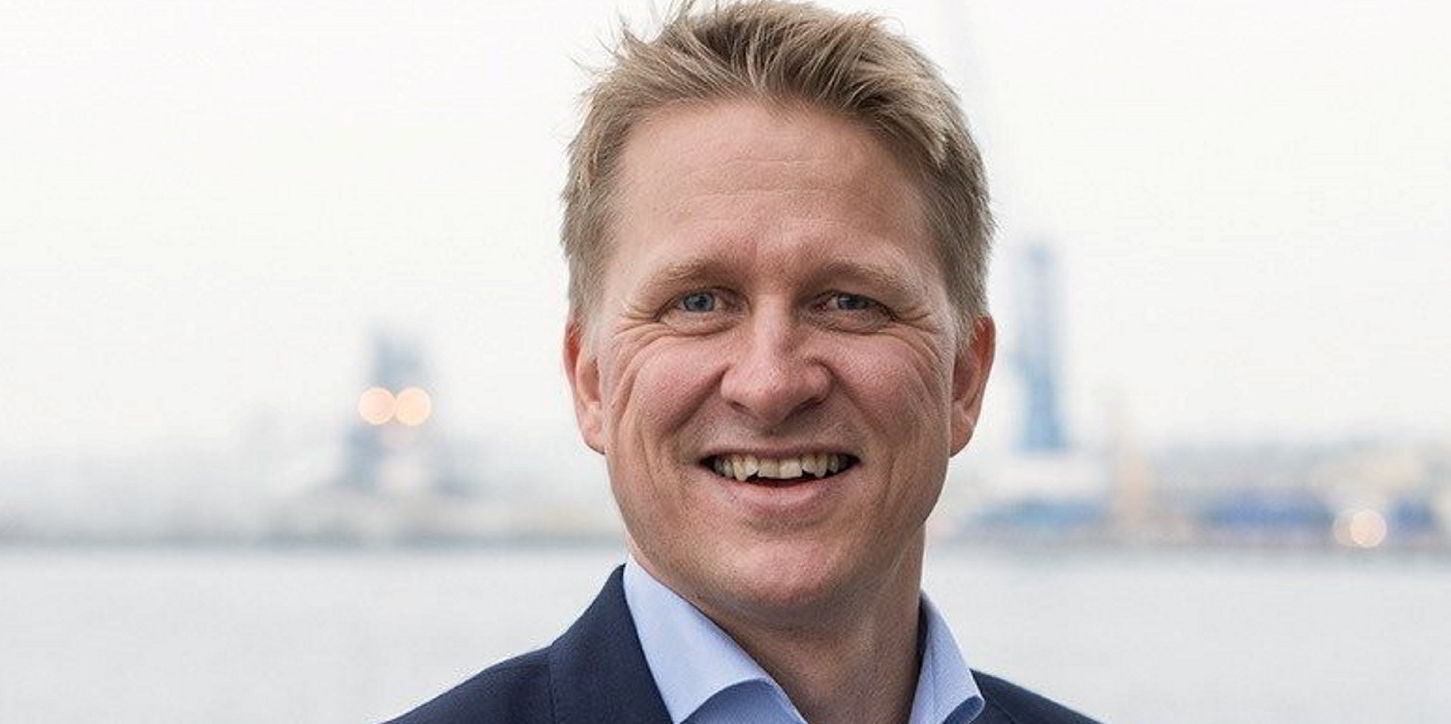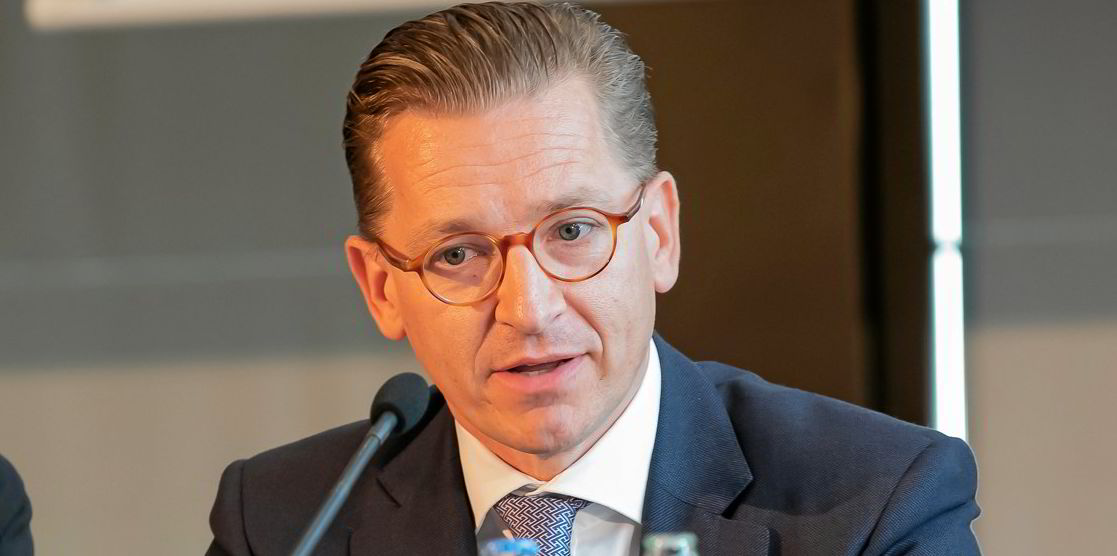Norway’s Pareto Bank has revealed a drop in shipping lending, but the number of vessels it finances has risen and a return to offshore is progressing strongly.
The shipping portfolio declined to NOK 1.8bn ($182m) at 31 December, down from NOK 1.88bn at the end of the third quarter.
The niche lender focuses on medium-sized shipowners, family offices and the investment project market in Norway.
Customer numbers fell to 21 from 23 at the end of September, but vessels financed rose to 48 from 39.
The average commitment size was $8.7m, with the largest exposure standing at $24.6m.
The average weighted loan-to-value of the portfolio is 38%.
A re-entry into the offshore vessel market in the third quarter was based on a “selective strategy”, the Oslo-listed bank said.
It noted “attractive opportunities in the offshore space with low risk and high profitability as many banks are still reducing or exiting offshore lending”.
Turning point for offshore ships
“2022 has been a turning point for offshore supply demand, utilisation and day rates,” it said.
“Demand has been supported by increased attention to energy security and growth in the offshore wind sector. Good demand and limited fleet growth is expected in 2023.”
Bulker lending made up the biggest chunk of the book at NOK 524m, with product tankers at NOK 300m.
Container ship exposure dropped further, to NOK 101m from NOK 121m, with offshore ships built up from zero to NOK 100m.
Dry bulk demand continued to stay soft in the second half and future demand is uncertain, Pareto said, and a small growth in supply is expected.
For tankers, 2023 looks strong, with record low orderbooks and fleet growth, the bank believes.
Boxship rates will decline further due to weakening demand, less congestion and accelerating fleet growth.
“Deal flow is expected to be modest in shipping and strong in offshore. Steady lending growth in 2023,” the bank forecast.
Profit after tax in the fourth quarter was NOK 172.1m, up from NOK 126m in the preceding three months.





